Market Trends
Key Emerging Trends in the Organic Pigments Market
Organic pigments play a pivotal role in various applications, notably in printing inks and paints & coatings, contributing to the anticipated expansion of the market. In the printing inks sector, organic pigments hold significance as primary colorants due to their diverse range, vibrant colors, and exceptional performance. Their robust durability and resistance to fading and chemical reactions make them ideal for various printing processes like flexography, gravure, and screen printing. Organic pigments are integral components in the formulation of high-quality printing ink solutions, providing versatility and reliability.
Stringent guidelines regarding the use of printing inks in food packaging are a key driver for the increasing demand for eco-friendly organic pigments. With global concerns about food packaging safety on the rise, there's a growing awareness of the potential transfer of container color into food items. High-grade organic pigments, known for their color and viscosity stability, offer an excellent solution and are easily printable on various mediums. The surge in demand for a diverse range of FDA-approved pigments, including yellow, green, and other coloring agents, is expected to propel market growth in the coming years.
Simultaneously, the paints & coatings industry is witnessing a heightened demand for organic pigments, particularly driven by the increased use in decorative coatings, marine coatings, automotive coatings, and industrial coatings. Statista's projections indicate substantial growth in the global paints and coatings industry, expanding from USD 160.03 billion in 2021 to an estimated USD 235.06 billion by 2029. This dynamic industry, spanning building and construction, transportation equipment, medical devices, and furniture manufacturing, underscores the versatility and adaptability of organic pigments in meeting diverse coloration needs.
In conclusion, the multifaceted applications of organic pigments in printing inks and the flourishing demand in the paints & coatings industry highlight their crucial role in market expansion. The enduring qualities of organic pigments, coupled with their compliance with stringent regulations, position them as essential components for achieving high-quality and environmentally friendly ink and coating solutions. As industries evolve, organic pigments continue to be a driving force in meeting evolving coloration requirements while adhering to global safety standards.

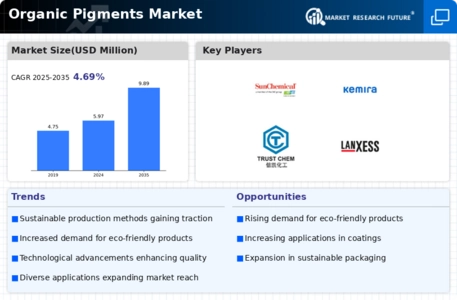

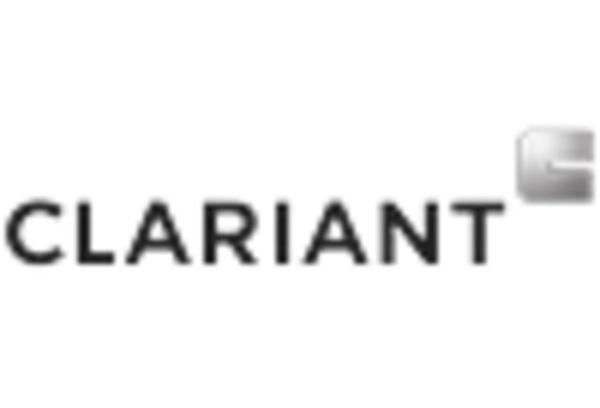
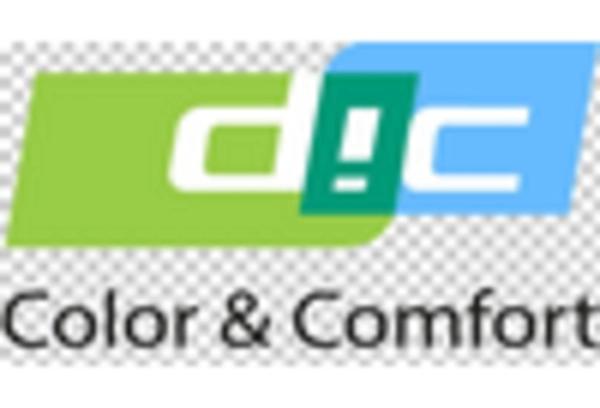

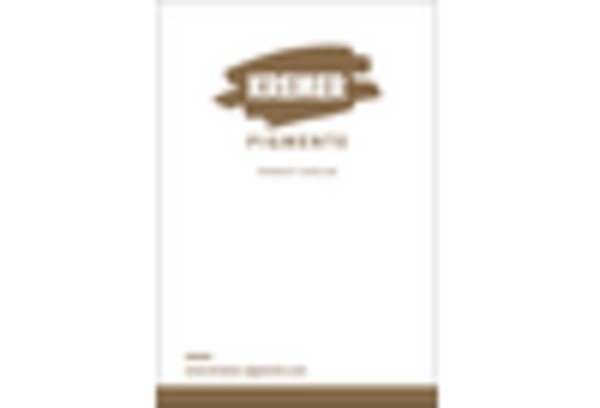
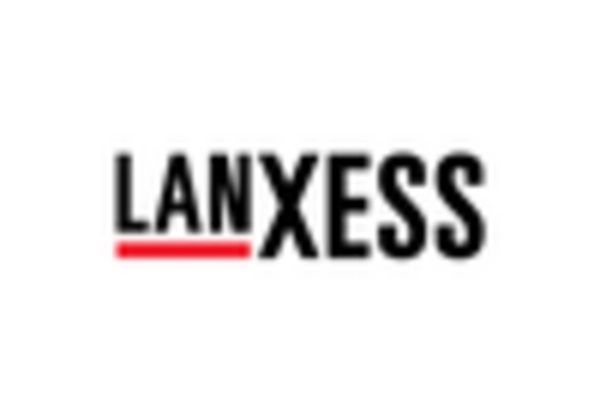









Leave a Comment